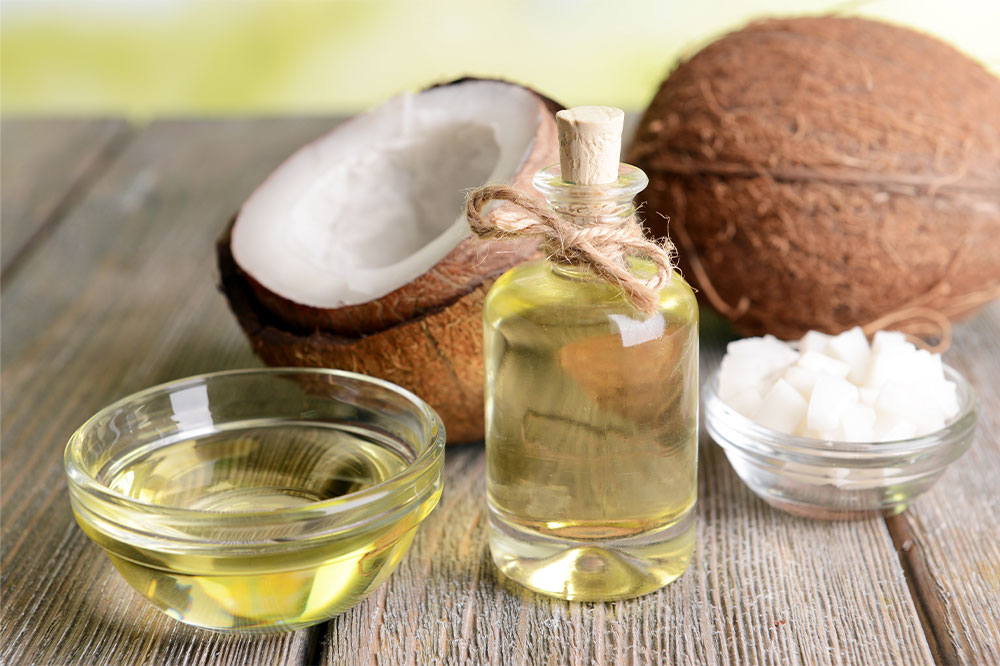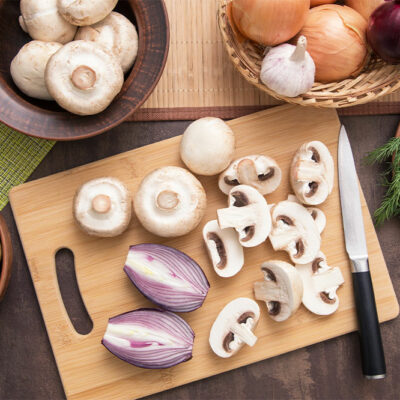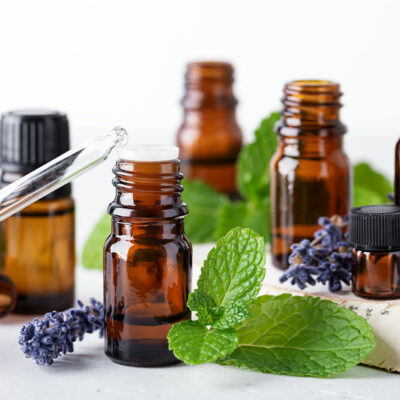Eczema – 3 methods to manage its symptoms

Eczema has many different stages and types. Unfortunately, about 10.1 percent of people in the country have some or the other form of this condition. Such a disease is a combination of conditions that make the skin irritated or inflamed. With proper treatment, one can manage symptoms. Red, dry, cracked, and leathery skin are the common eczema signs. Here are three useful methods that help deal with eczema and manage its symptoms:
Getting the right treatment options
Here are some treatments associated with eczema.
Dupixent
Dupixent is prescribed for children six or older and adults; for those who cannot control symptoms with other treatment measures, alternate treatments are not recommended. This monoclonal antibody works on a targeted area in the immune system. Dupixent comes in pre-filled single-dose pens and syringes, given as a subcutaneous injection. One can find this treatment option in two strengths: 300-mg/2-mL and 200 mg/1.14-mL solutions.
Cibinqo
This once-daily oral treatment helps manage symptoms for adults who have not seen relief with prevailing treatment options. Cibinqo is an FDA-approved treatment for adults with moderate to severe atopic dermatitis. Doses that can be taken are either 100 or 200 mg. Alternately, a 50 mg dosage is for patients with moderate renal impairment.
Upadacitinib and Eucrisa
Upadacitinib is a JAK1 inhibitor and helps adolescents and adults with severe or moderate eczema. However, this FDA-approved treatment can cause side effects like fever, cough, nausea, and upper respiratory tract infections. Typically, one starts with 15 mg, but the doctor may advise a 30 mg dose if that does not work. Eucrisa is also a treatment option for eczema. It is for skin-only treatment, so do not get it in contact with sensitive areas and rinse with water in case of contact.
Foods to eat and avoid
Eczema needs to be managed with a disciplined nutritional regime. These foods are a must in every meal plan for this skin condition:
Quercetin-rich foods
This plant-based flavonoid provides several vegetables, fruits, and flowers with their rich colors. Quercetin’s antihistamine and antioxidant properties help lower inflammation in the body. Some examples of foods rich in Quercetin are blueberries, apples, spinach, kale, cherries, and broccoli.
Probiotics
Yogurt has live cultures that strengthen the immune system and lower allergic reactions. Probiotic-rich foods include miso soup, sourdough bread, kefir, tempeh, naturally fermented pickles, unpasteurized sauerkraut, and Gouda cheese.
Potassium-rich foods
Avocados, bananas, white beans, sweet potatoes, and acorn squash are rich potassium sources. These foods have inflammation-fighting abilities and reduce eczema flare-ups. Many such options, like bananas, are rich in manganese and vitamin C and have prebiotic qualities.
Those with eczema need to avoid these foods:
Cow’s milk
It is one of the most prevalent culprits for eczema flare-ups, especially in children. However, the parents must not eliminate milk or dairy from the diet as it can result in vitamin or other deficiencies. Thus, such elimination should be curtailed only for kids with eczema and meet deficiencies with apt substitutes.
Peanuts
Many people with eczema are allergic to peanuts. So, if a child shows allergic symptoms or eczema flare-ups after eating peanut butter, peanut, or any foods containing peanuts, immediately get an allergy testing or switch to an elimination diet.
Soy
Some eczema allergies are also associated with soy. However, some people also experience worsening symptoms after consuming foods with soy. So, if one is allergic to soy, read the labels carefully before buying because, at times, even food products like chocolate or tea may have soy in them.
Natural remedies
These options are great for treating eczema without the risk of side effects:
Coconut oil
Coconut oil is rich in fatty acids, adds moisture to the skin, and can relieve eczema symptoms. Virgin coconut oil also betters the skin barrier health and reduces inflammation in the body. Apply this natural product directly to the skin after bathing; consider using it several times a day.
Evening primrose oil
This extract from the evening primrose plant helps soothe irritated skin if used topically. One can also take it by mouth to relieve systemic inflammatory conditions like eczema. The abundance of gamma-linolenic acid and Omega-6 fatty acid in this oil helps prevent inflammation in the body.
Sunflower oil
Sunflower oil guards the skin’s outer layer by retaining moisture and keeping bacteria out. It also moisturizes the skin and provides relief from inflammation and itching. Undiluted sunflower oil can be directly applied to the skin after bathing when the skin is damp.
Acupressure and acupuncture
Acupressure uses hands and fingers to apply pressure and helps relieve eczema-related symptoms like itchy skin. Acupuncture, a Chinese practice, employs thin needles for relief from eczema. The practitioner inserts needles at specific points in the body to modify energy flow. It can also offer some itch relief.
Relaxation techniques
Stress is one of the prevalent eczema triggers. It develops inflammation and causes symptom outbreaks. Hence, adopting some relaxation techniques can help prevent flare-ups. Some commonly recommended methods include meditation, deep breathing, hypnosis, music therapy, cognitive behavioral therapy, yoga, and tai chi.
Eczema can be a stressful affair, especially for young adults and adolescents. Speak to family, friends, or counselors for psychological support. Consult a dermatologist, and discuss the symptoms, frequency, what triggered it, and how long they lasted. Accordingly, they can prepare a course of action for disease management.


